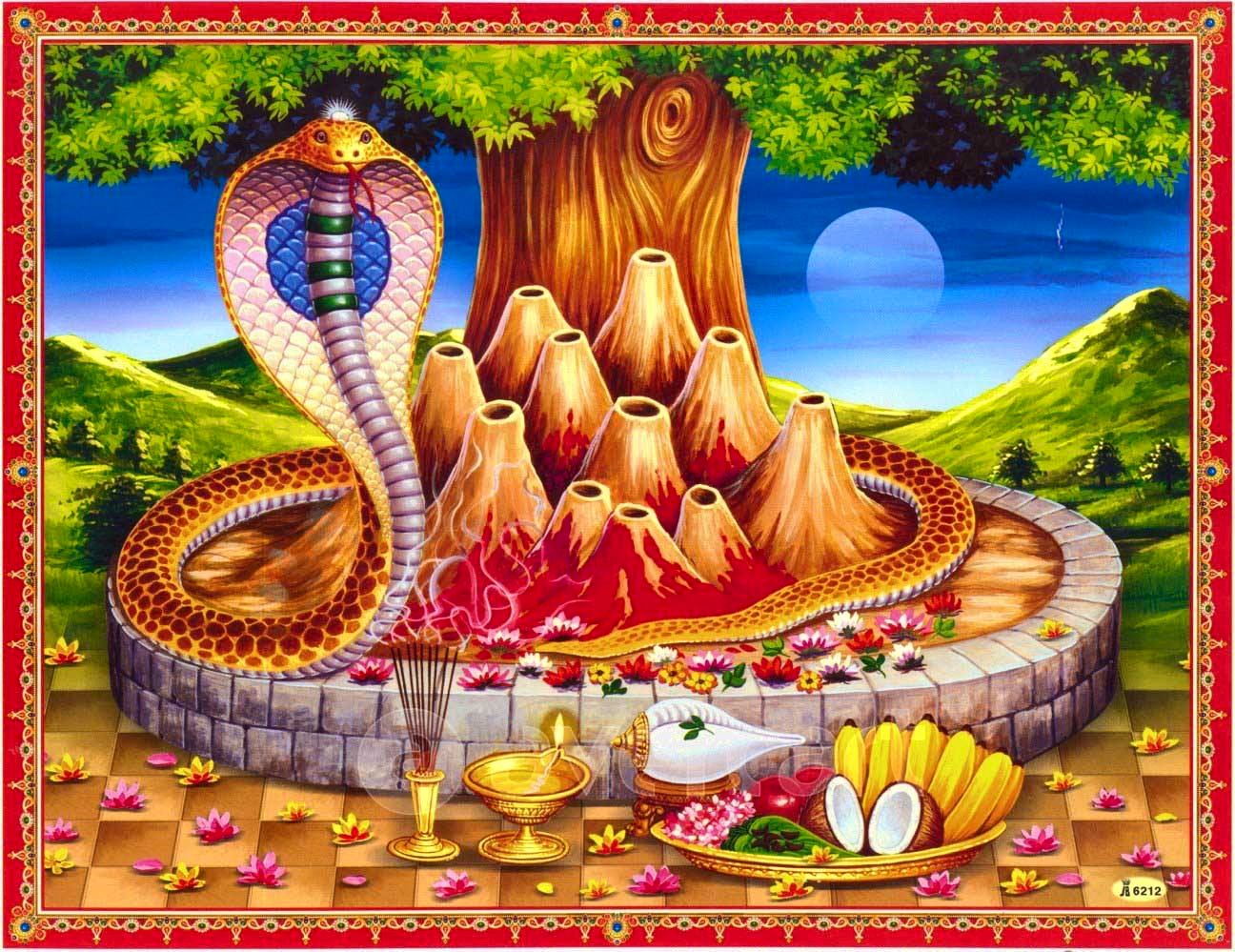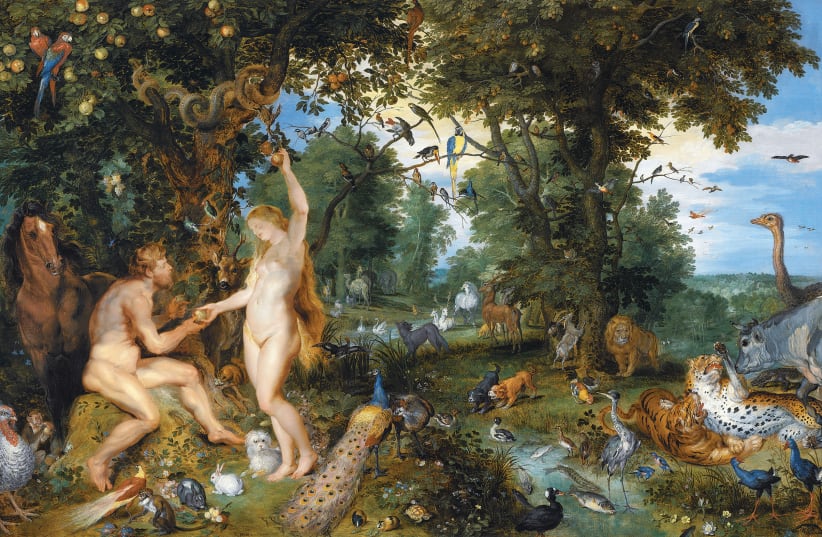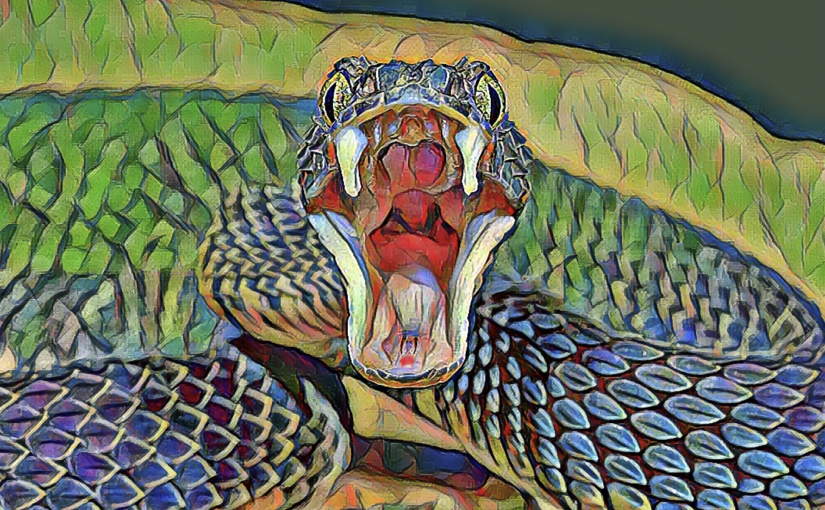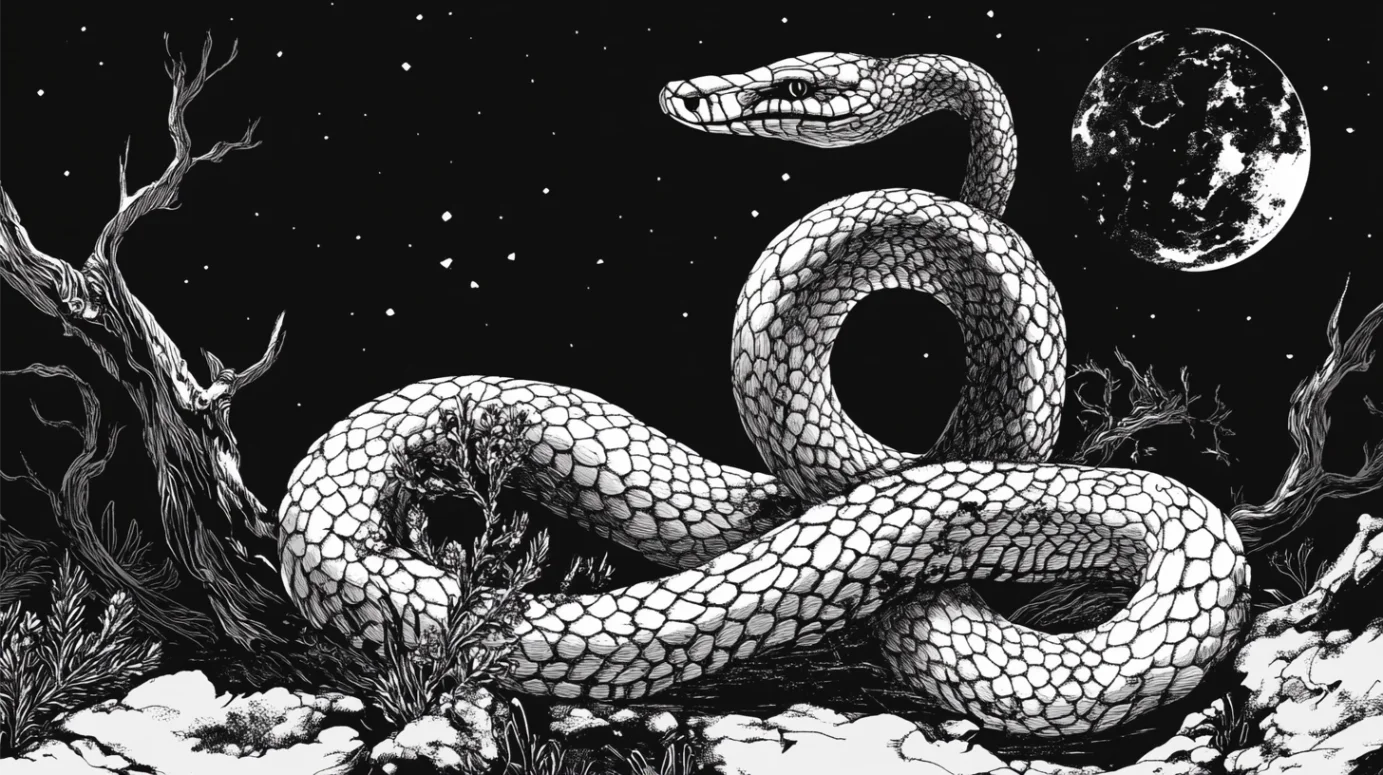For centuries, serpents have been intertwined with spirituality and religious symbolism, across cultures and belief systems. While some traditions view them as divine protectors and healers, others see them as symbols of danger and temptation. This article explores the many ways snakes have influenced spirituality, from Indian mythology to Christian scripture, and beyond.
Hinduism: Divine Power and the Cycle of Life

In Hindu mythology, snakes hold a powerful and sacred position. The Nagas, serpent-like beings, are revered as protectors of water sources, treasures, and knowledge. They are frequently depicted around deities like Shiva, who famously wears a cobra around his neck. This connection with gods underscores their role as guardians and symbols of life’s cyclical nature—birth, death, and rebirth. The snake, through its ability to shed skin, also represents rejuvenation and immortality in Hindu beliefs.
Another fascinating Hindu symbol is Kundalini, the coiled snake at the base of the spine in yoga tradition. Awakening Kundalini energy is believed to lead to spiritual enlightenment as it rises through the body’s energy centers, or chakras. This metaphor of the coiled snake rising through energy points serves as a powerful symbol for personal and spiritual transformation, reminding practitioners of the deep connection between spiritual growth and the primal energy of life
Buddhism: Guarding Spiritual Progress

In Buddhism, snakes are present in several stories, with perhaps the most notable being Mucalinda, the Naga King. According to legend, Mucalinda sheltered the Buddha from a storm by coiling around him and spreading his hood. This act of protection represents a dedication to safeguarding wisdom and enlightenment. The Buddha’s calm acceptance of Mucalinda’s help is a reminder of the harmony between humanity and nature, and it emphasizes the supportive role that serpents play in spiritual journeys
Christianity: The Duality of Sin and Redemption

The biblical story of Adam and Eve portrays the serpent as a symbol of temptation, embodying both danger and the potential for downfall. The snake convinces Eve to eat the forbidden fruit, which leads to humanity’s expulsion from Eden, embedding the creature as a representation of sin in Western culture. However, not all Christian symbolism around snakes is negative. The bronze serpent raised by Moses to heal Israelites suffering from snake bites is a symbol of God’s healing power, prefiguring the redemption offered by Christ. This dual role shows the serpent as both tempter and healer, reflecting the complexity of its symbolism in the Christian faith
Greek Mythology: Healing and Danger Intertwined

Greek mythology is full of dual meanings for snakes. Asclepius, the god of medicine, used snakes in his practices, and his staff with a snake coiled around it remains a universal symbol of medicine. Snakes here represent the cycle of healing and the human body’s resilience. On the darker side, the myth of Medusa, who had snakes for hair, symbolizes danger and mortality; anyone who looked at her turned to stone. This dual image of the snake embodies both healing power and a fearsome threat, reflecting the complex relationship humans have with these creatures
Indigenous and African Beliefs: Guardians of the Spirit World
Among Indigenous and African cultures, snakes often symbolize the life force and spiritual guardianship. For example, in Aboriginal Australian mythology, the Rainbow Serpent is a creator deity responsible for shaping the landscape and bringing life through its movement. In African traditions, particularly among the Zulu people, snakes are believed to be the embodiment of ancestors’ spirits, providing guidance and protection. In this sense, snakes serve as intermediaries between the physical and spiritual worlds, helping to maintain harmony and foster connection with the divine
Eastern Philosophies: Rebirth and Inner Power
In Eastern philosophies, particularly in Chinese culture, the snake is one of the 12 zodiac animals and is associated with wisdom, mystery, and cunning. Those born under the Year of the Snake are thought to be intuitive and wise, with a strong connection to spiritual insight. Here, snakes represent a harmonious balance of intellect and spiritual growth, bridging the gap between the physical realm and metaphysical knowledge
Snakes as Symbols of Personal Growth
Across these traditions, the snake’s ability to shed its skin is universally admired as a powerful symbol of transformation, rebirth, and personal growth. The snake teaches us about the importance of letting go of what no longer serves us, encouraging us to adapt and grow. Whether in Hinduism’s concept of Kundalini energy or the psychological symbolism in Western thought, the snake invites us to embrace change and shed old habits or beliefs that hinder our progress
Conclusion: The Multifaceted Symbolism of Serpents

Snakes are more than mere animals in religious symbolism; they embody the paradoxes of life – healing and harm, wisdom and deception, death and rebirth. By understanding the roles that snakes play in various belief systems, we gain insight into humanity’s shared spiritual heritage, illustrating how we are all bound by similar hopes, fears, and aspirations. Each tale involving snakes, whether protective or ominous, speaks to our deepest desires for protection, knowledge, and transformation. As we continue this journey through serpent symbolism, it becomes clear that snakes are not just creatures of instinct but also powerful symbols of spiritual and personal enlightenment.


